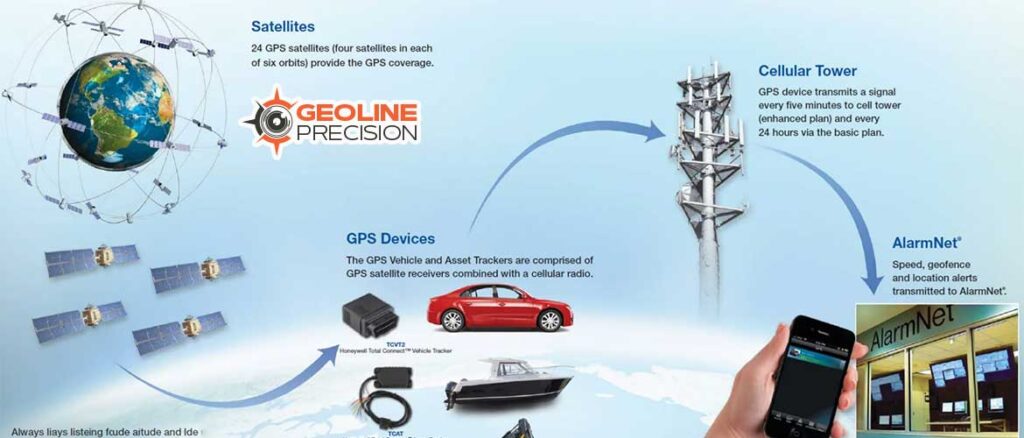
Construction sites are one of the most hazardous places to work in. With heavy equipment and machinery being used, workers are constantly at risk of injury or death. The health and safety of workers should be the number one priority for any construction company, but unfortunately, this is not always the case. Accidents can happen quickly, so it’s important to take preventative measures.
One such measure that has been gaining popularity in recent years is GPS technology. By using GPS tracking devices on construction equipment and vehicles, companies can monitor their movements and ensure they are operated safely. This helps prevent accidents caused by reckless driving or misuse of equipment. In addition to keeping workers safe, GPS technology allows companies to track their assets more efficiently. But GPS technology doesn’t just help with vehicle safety – it can also improve worker safety on construction sites.
GPS and Equipment Tracking
GPS technology has revolutionized the way we track and monitor equipment. It uses a network of satellites to pinpoint the location of equipment, providing real-time data on its whereabouts. This technology is becoming increasingly popular among businesses that rely on equipment for daily operations. One major benefit of GPS tracking is its ability to prevent theft and unauthorized use of equipment. With GPS tracking, business owners can always monitor their assets, even when not physically present. If suspicious activity is detected, alerts can be sent immediately to notify the owner or authorities.

In addition, GPS tracking can also help businesses optimize their operations by providing valuable insights into how their equipment is being used. Businesses can identify inefficiencies in their workflow by analyzing data collected from GPS trackers and adjusting accordingly. This ultimately leads to increased productivity and profitability.
GPS and Site Planning
GPS technology has become an increasingly popular tool in site planning for identifying hazards and preventing accidents. By utilizing satellite signals, GPS devices can accurately pinpoint the exact location of potential dangers on a work site. The benefits of using GPS technology in site planning include increased safety measures and reduced risk to workers.
One of the major advantages of using GPS technology in site planning is its ability to identify potential hazards with extreme accuracy. This can include identifying underground utilities, unstable terrain, or other hidden dangers that may not be visible to the naked eye. With this information, project managers can take proactive steps to prevent accidents from occurring by adjusting their plans accordingly. Another key benefit of using GPS technology in site planning is improved communication among team members.
GPS and Vehicle Safety
GPS technology is one of the most innovative inventions of our time. It has revolutionized how we navigate and travel, making locating and reaching destinations easier.
But did you know that GPS technology can also monitor vehicle speed and location?
That’s right! With GPS tracking devices now becoming more affordable and accessible, vehicle owners can easily keep tabs on their fleet’s movements.
One of the significant benefits of using GPS technology to monitor vehicle speed and location is that it helps prevent accidents. By keeping track of your fleet’s movements, you can identify patterns and behaviors that may lead to accidents. For instance, if you notice that a particular driver frequently exceeds the speed limit or takes risky routes, you can intervene before an accident occurs.
Importance of Implementing GPS Technology for Safety Protocols
One significant benefit of GPS technology is its ability to always track workers’ locations on the job site. This allows supervisors to ensure employees are not in hazardous areas or performing tasks without proper equipment or training. GPS devices can also monitor heavy machinery usage to ensure that operators use them safely and within recommended guidelines.

Moreover, GPS technology can provide real-time updates on weather conditions and potential hazards such as falling objects or unstable ground conditions. This information empowers workers with knowledge about potential risks to take precautions accordingly.
Conclusion
In conclusion, the use of GPS technology in construction site safety is an absolute game-changer. Its real-time tracking capabilities allow project managers to monitor workers’ movements, track assets and equipment, and provide advanced warning of any potential danger. By integrating GPS technology into construction site safety protocols, project managers can create safer and more efficient work environments, protecting workers from harm and reducing the risk of accidents.
